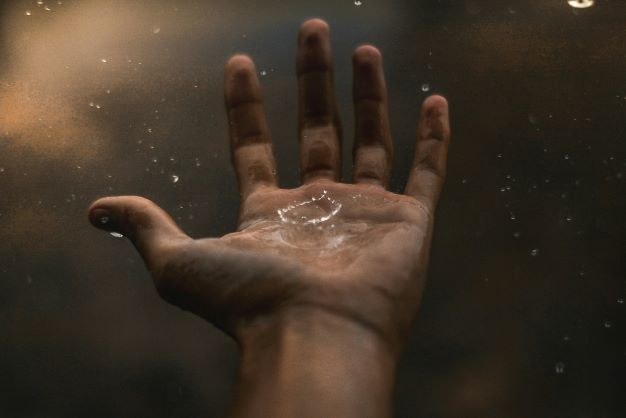
As world events become increasingly unpredictable, more and more people are becoming preppers as a way to ensure their safety and security. This does not only include storing food for an emergency but also collecting water for a not-so-rainy day. For example, the average American consumes approximately 80-100 gallons of water per day. This is a significant amount, should we find ourselves in a drought and running dry. This article will therefore focus on prepping as a way of life and look at how rainwater is collected as something we cannot afford to run out of.
What is Prepping?
Prepping is the process of preparing for potential emergencies by stocking up on food, water, and supplies. And one of the most important aspects of prepping is having a reliable source of water. It is not just a hobby but an essential way of life if you live where the weather is unpredictable and perhaps prone to natural disasters. We can protect ourselves and our families by learning the art of prepping. It is well worth taking the time to research online to find out more.
The things to think about are just what you can prep and how long you can realistically store them for before they spoil and turn the whole idea into a counterproductive risk to health. This will involve knowing the best methods to prep, whether you are storing food or water.
Rainwater’s Use for Prepping
Rainwater is an excellent source of water for preppers because it is free and plentiful. A good rainwater collection system can provide all the water you need during an emergency. And there are many different rainwater collection systems available, so there is sure to be one that will fit your needs.
The most common way to collect rainwater is with a rain barrel. These barrels are usually made of plastic and can hold anywhere from 55 gallons to over 300 gallons of water. They are easy to set up, and you can place them in any area where there is ample rainfall.
So, think about just how you might collect your rainwater. You will want a clean container that is large enough and has a means for you to get the rainwater out once it has been collected. You will need a watertight container that is not prone to any kind of leaks. It would be a shame to lose any of the water that you have collected and cannot perhaps get again for a while. When we have ourselves, our animals, or our crops wanting water through irrigation systems, we have to think seriously about prepping and protecting our business as much as our health and well-being.
Rainwater Collection Methods
There are various methods of rainwater collection, such as rainwater tanks and rain catchment systems.
Rainwater tanks are large containers that can hold hundreds of gallons of water. They are usually made of plastic or metal and should be placed in an area with plenty of sunlight to keep the water warm during cold weather. Rain catchment systems utilize gutters and downspouts to divert water into a large storage container. This can be an effective way to collect and store rainwater, but it requires more work than a rain barrel.
Rainwater Purification Systems
In addition to rainwater collection systems, you should also have a good purification system. This will ensure that the water you are collecting is safe to drink. There are a variety of water purification systems available, such as filter pitchers, distillation systems, and ultraviolet light systems.
Always ensure that you are storing the rainwater correctly in the first instance and then think about purification if intending on drinking it. We do not want to compromise our health when prepping.
If you are interested in prepping, or if you just want to have a backup source of water in case of an emergency, consider investing in a rainwater collection system. It could save your life someday!